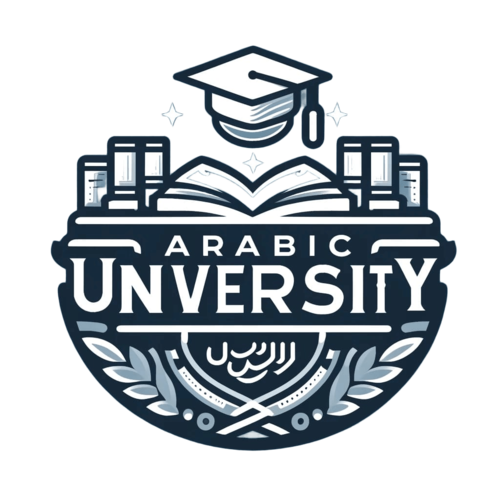Currently Empty: 0,00 د.إ

Overview
A course on Egyptian Arabic typically covers various aspects of the language, including vocabulary, grammar, pronunciation, and cultural context. Here’s a breakdown of the typical content you might find in such a course:
1. **Introduction to Egyptian Arabic**: Basic greetings, introductions, and common expressions used in everyday conversations.
2. **Arabic Script**: An overview of the Arabic alphabet and basic writing rules. Practice in reading and writing simple words and sentences.
3. **Vocabulary Building**: Commonly used words and phrases in Egyptian Arabic related to daily activities, family, work, food, travel, etc.
4. **Grammar**:
– Noun-adjective agreement.
– Verb conjugation in present, past, and future tenses.
– Demonstratives (this, that, these, those).
– Prepositions and their usage.
– Sentence structure and word order.
5. **Pronunciation and Phonetics**: Focus on pronunciation of sounds unique to Egyptian Arabic and practice to improve fluency.
6. **Listening Comprehension**: Listening exercises with audio recordings of native speakers to improve comprehension skills.
7. **Speaking Practice**: Role-playing activities, conversation practice, and interactive exercises to enhance speaking proficiency.
8. **Reading Comprehension**: Reading passages, stories, or articles in Egyptian Arabic to develop reading skills and vocabulary.
9. **Writing Practice**: Guided writing exercises to reinforce grammar concepts and expand vocabulary.
10. **Cultural Insights**: Introduction to Egyptian culture, customs, traditions, and social norms to better understand the context in which the language is used.
11. **Idioms and Expressions**: Common idiomatic expressions and colloquialisms used in Egyptian Arabic.
12. **Slang and Informal Language**: Exposure to informal language, slang terms, and expressions commonly used in spoken Egyptian Arabic.
13. **Media and Resources**: Recommendations for books, websites, movies, and other resources for further practice and immersion in the language.
14. **Assessment**: Regular quizzes, tests, or assignments to gauge progress and understanding of the material.
15. **Feedback and Support**: Opportunities for students to receive feedback on their progress and guidance on areas for improvement.
This course content aims to provide students with a comprehensive understanding of Egyptian Arabic language and culture, equipping them with the skills needed for effective communication in real-life situations.




